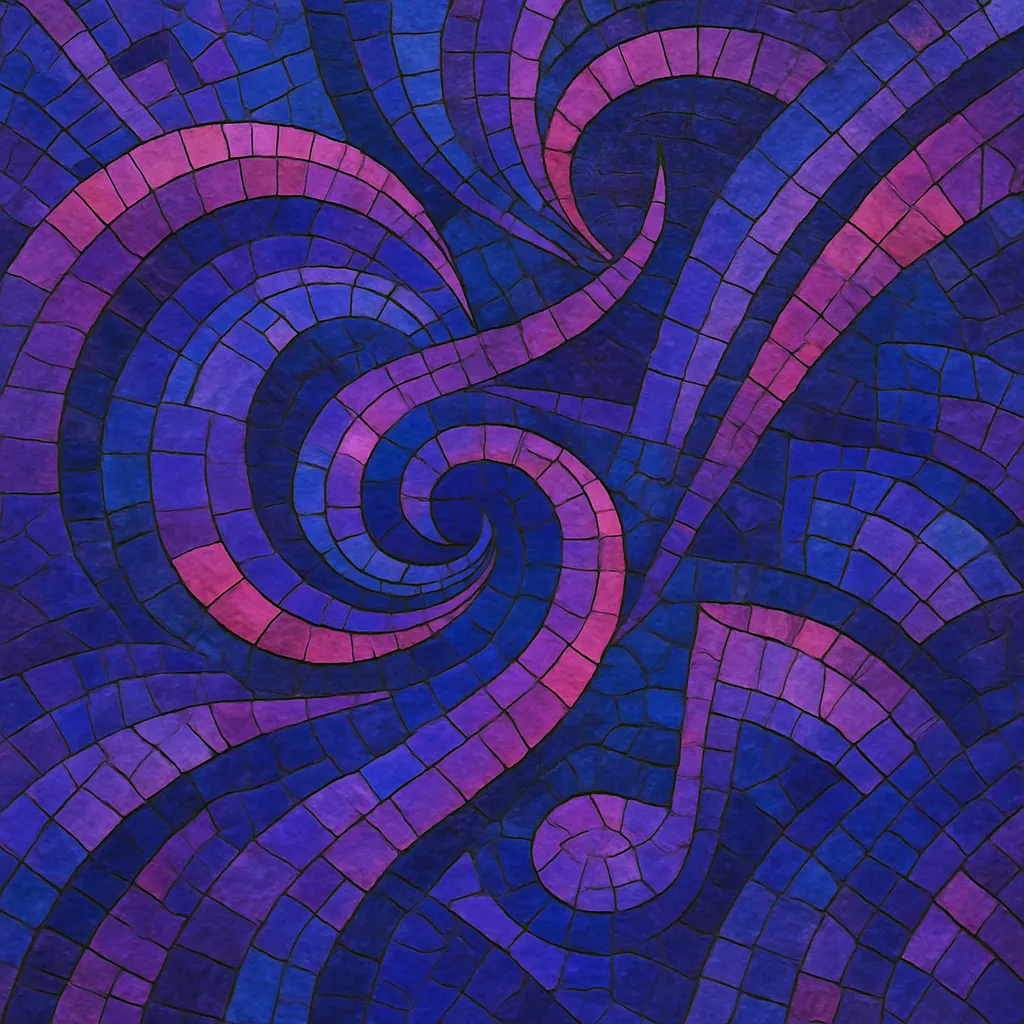
Purple sound is a melodic, synth-led branch of UK bass music that emerged at the intersection of dubstep and grime in the late 2000s.
It is defined by bright, "neon" lead timbres, heavy sub-bass, and swaggering half‑time drums at roughly 140 BPM. Producers favor bold, pitch‑bent monophonic leads, talkbox-like glides, and lush, jazzy chord colors that recall G‑funk and P‑funk.
Typical palettes draw on videogame and FM-synthesis tones (chorused squares, glassy FM bells, rubbery saws), paired with the low-end pressure and swing of dubstep. The result is music that feels both streetwise and technicolor: muscular subs and grime-derived rhythm underneath harmonically rich, earworm melodies.
Purple sound crystallized in Bristol, UK, when producers like Joker, Gemmy, and Guido began merging grime’s tough rhythmic DNA and dubstep’s 140 BPM sub-pressure with gleaming, G‑funk‑inspired synth leads. Around 2008–2010, releases and dubplate culture (pirate radio, club sets) spread the term “purple” or “purple wow,” shorthand for the vividly colored, pitch‑bent leads and plush harmony atop half‑time drums.
From the outset, the sound differentiated itself from darker dubstep strains by foregrounding melody and harmonic movement. Jazzy extensions (7ths, 9ths, 11ths), vocoder/talkbox aesthetics, and videogame/FMnitive textures became calling cards. Bristol labels and nights (alongside UK outlets like Hyperdub, Tectonic, and Numbers-associated circles) helped codify the style, while Rinse FM sets and blogs cemented a shared vocabulary across the UK.
Concurrently, wonky and aquacrunk scenes in Glasgow (e.g., Rustie, Hudson Mohawke) explored adjacent synth maximalism at hip-hop tempos. Though distinct, these movements influenced and reinforced each other, pushing a broader neon, melody-forward wave through bass music. US and European producers (e.g., Starkey) carried the purple sensibility into “street bass” and beyond.
Purple sound’s emphasis on technicolor leads and big, emotive chord stacks informed later melodic strands of bass music—feeding into post‑dubstep, wave, future bass, and melodic dubstep. Its design language (FM gloss, portamento-heavy leads, sub-first mixdowns) remains a toolkit for producers seeking maximalist color within a bass-heavy framework.

